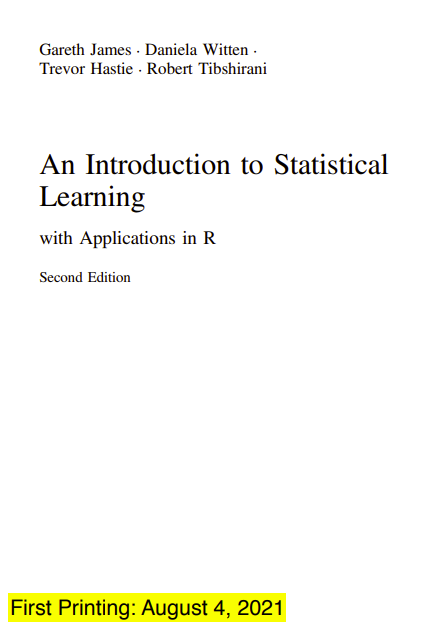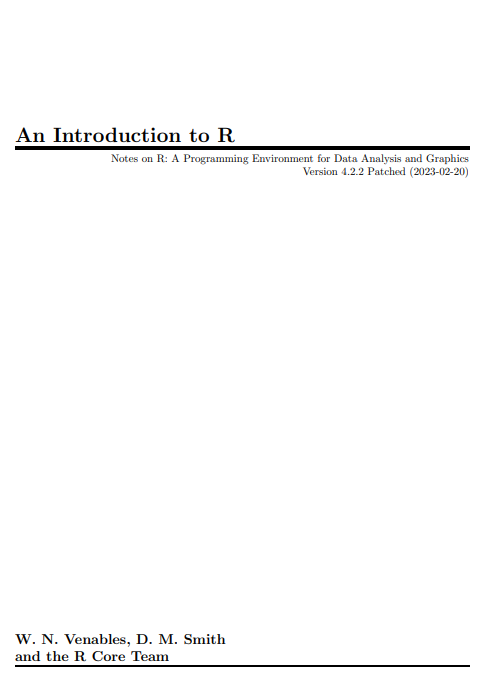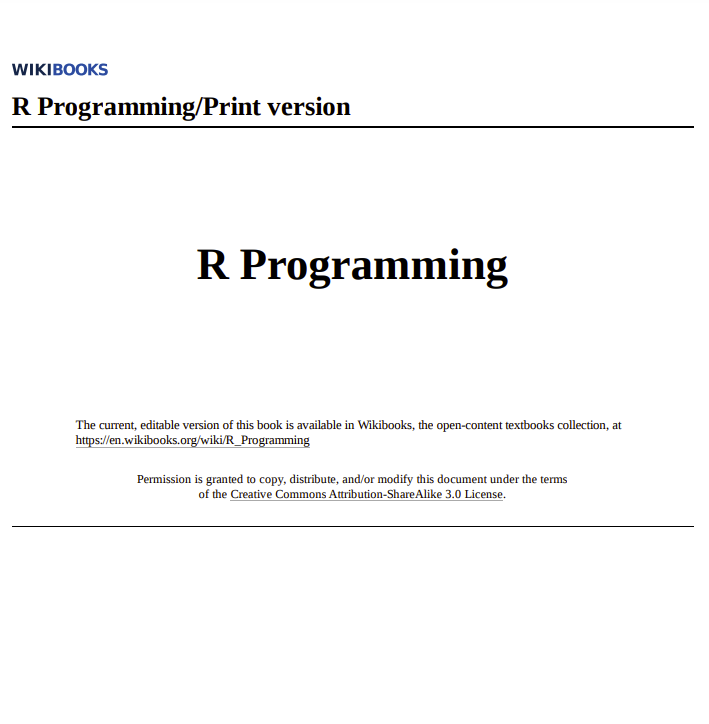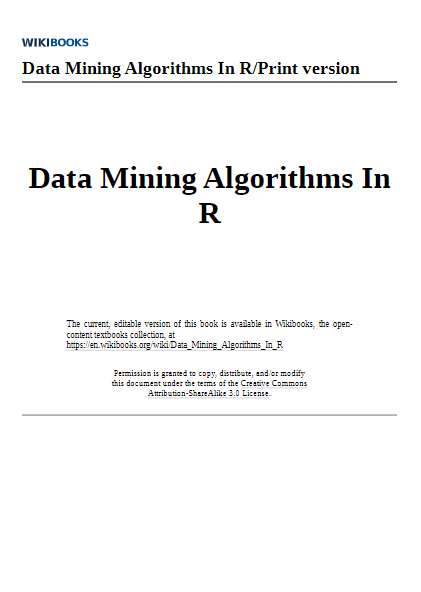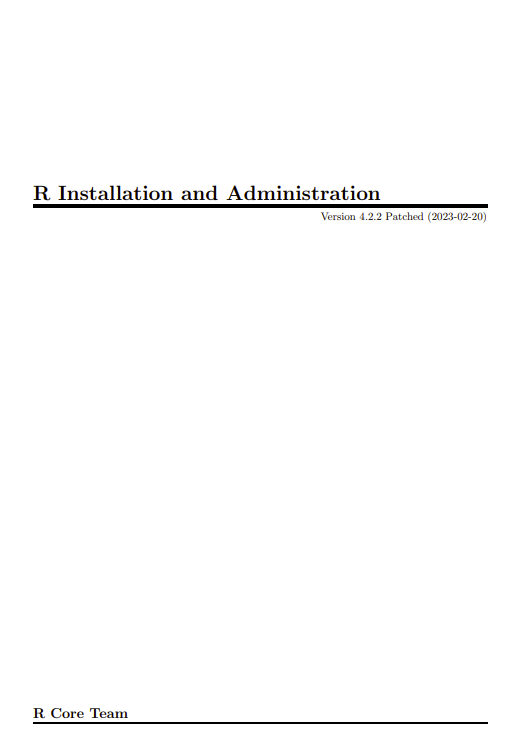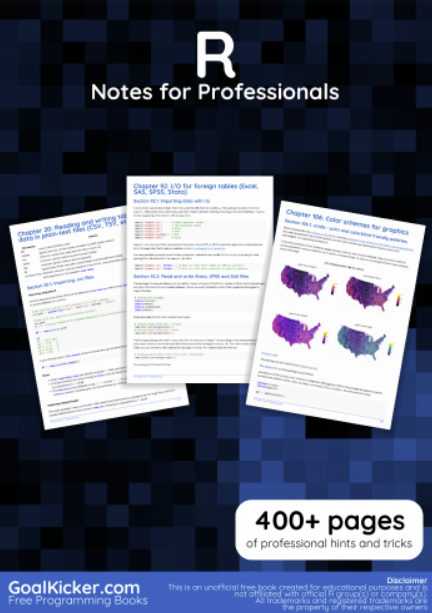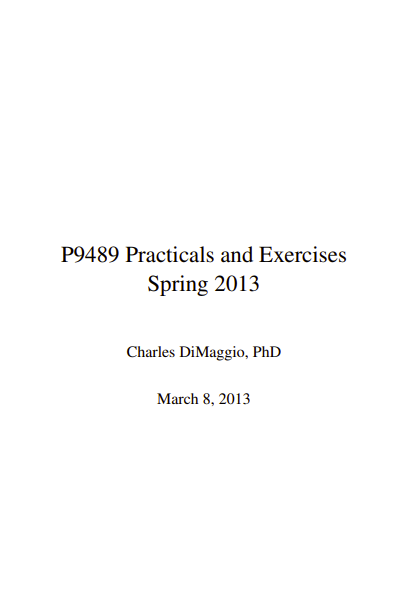R Succinctly will introduce you to R, a powerful programming language for statistical work. This book will not turn you into a professional statistician. Instead, it will show you the basic practices in R for analyzing your own data. It will also help you understand some of the choices that go into statistical analysis.
A good rule of thumb in data analysis is to use the simplest tools and procedures that will allow you to reach your goals. In most situations, this means spreadsheets, bar charts, and pivot tables, among others. These are important tools and every analyst should be comfortable with them, but there is only so much that a spreadsheet can do. The need may arise for something more flexible and sophisticated. The statistical programming language R meets that need. The capabilities of the base installation of R are extraordinary. Even more, users can extend R with thousands of available packages (5,423 at the time of writing). With these packages—and their increasing growth—it sometimes feels as though R can do anything. This may be what led statistician Simon Blomberg to claim, in the spirit of Yoda: “This is R. There is no if, only how.”
This book is brief by nature. I will not—and cannot—discuss all that R can do. I will, instead, discuss the most common and most helpful procedures for conventional data sets. I have two goals for this book. The first goal is to help you become comfortable with the R environment. The second goal is to inspire you to search for ways that R can answer your specific questions and data needs.
I hope you will find much that is useful here. R has been instrumental in my own work. I think your work will be the better for it, as well. Thank you for reading.




